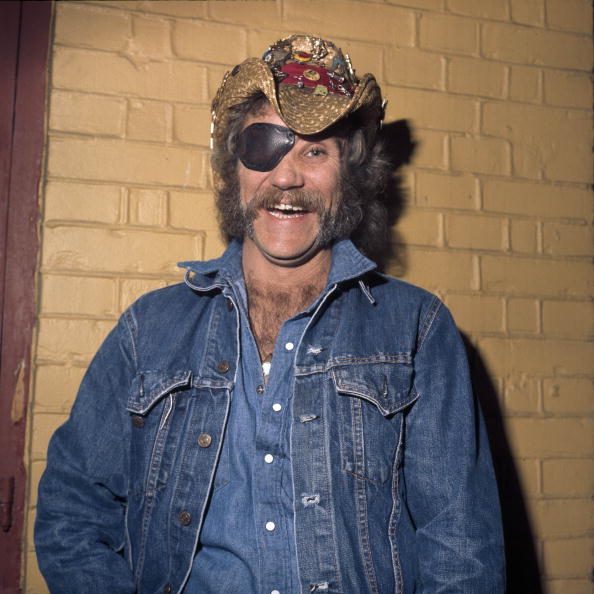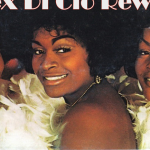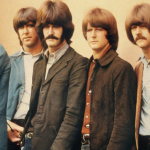“The Cover of ‘Rolling Stone'” – Dr. Hook & The Medicine Show

“The Cover of ‘Rolling Stone'” by Dr. Hook & The Medicine Show: A Satirical Take on Fame
In the world of rock and roll, few songs capture the playful and satirical spirit of the 1970s quite like “The Cover of ‘Rolling Stone'” by Dr. Hook & The Medicine Show. Released in 1972, this tongue-in-cheek single humorously explores the band’s yearning for mainstream recognition and the ultimate symbol of rock stardom: appearing on the cover of Rolling Stone magazine. Written by the legendary songwriter Shel Silverstein, the song combines wit, catchy melodies, and a candid look at the rock star lifestyle.

The Band: Dr. Hook & The Medicine Show
Dr. Hook & The Medicine Show, formed in the late 1960s, was known for its eclectic style, blending rock, country, and pop influences. The band, led by vocalists Ray Sawyer and Dennis Locorriere, gained a reputation for their humorous and often irreverent songs, many of which were penned by Shel Silverstein. Their unique sound and playful attitude set them apart in a decade known for musical experimentation.

The Song: “The Cover of ‘Rolling Stone'”
“The Cover of ‘Rolling Stone'” stands out as a clever commentary on the music industry and the pursuit of fame. The song’s lyrics humorously lament the band’s lack of coverage in the prestigious magazine while detailing their exploits and misadventures in the rock world. The narrative is delivered with a blend of irony and genuine longing, making it both a satire and an anthem for aspiring musicians.

Key Elements and Structure
- Opening Hook: The song begins with a catchy, laid-back guitar riff that immediately sets a relaxed and jovial tone. This riff recurs throughout the song, creating a sense of cohesion and familiarity.
- Lyrics and Theme: Shel Silverstein’s lyrics are the heart of the song, filled with humor and irony. The band sings about the excesses of rock star life—groupies, drugs, and the pursuit of fame—with lines like “We take all kinds of pills that give us all kind of thrills, but the thrill we’ve never known / Is the thrill that’ll getcha when you get your picture on the cover of the Rolling Stone.”
- Vocal Delivery: The vocals, led by Ray Sawyer and Dennis Locorriere, are delivered with a playful, conversational style that enhances the song’s humorous tone. Their expressive and sometimes exaggerated singing adds to the satirical nature of the track.
- Instrumentation: The instrumentation is straightforward yet effective, featuring guitars, bass, drums, and occasional piano. The arrangement supports the vocals without overshadowing them, allowing the witty lyrics to take center stage.

Chart Success and Legacy
“The Cover of ‘Rolling Stone'” was a commercial success, reaching No. 6 on the Billboard Hot 100 in 1973. The song’s popularity was a testament to its catchy melody and relatable, humorous lyrics. Ironically, the song’s success led to Dr. Hook & The Medicine Show actually appearing on the cover of Rolling Stone magazine in March 1973, albeit as an illustrated caricature rather than a traditional photo.
The song has since become a cultural touchstone, often cited as a quintessential example of rock satire. Its playful critique of the music industry’s obsession with fame and image remains relevant, resonating with both musicians and fans.

Conclusion
“The Cover of ‘Rolling Stone'” by Dr. Hook & The Medicine Show is more than just a humorous rock song; it is a clever and enduring commentary on the quest for fame and recognition. Shel Silverstein’s witty lyrics, combined with the band’s engaging performance, create a track that is both entertaining and thought-provoking. The song’s legacy endures as a reminder of the playful spirit of 1970s rock and the timeless allure of the spotlight. Whether you’re a long-time fan or a new listener, “The Cover of ‘Rolling Stone'” offers a delightful glimpse into the world of rock stardom and the dreams that fuel it.











